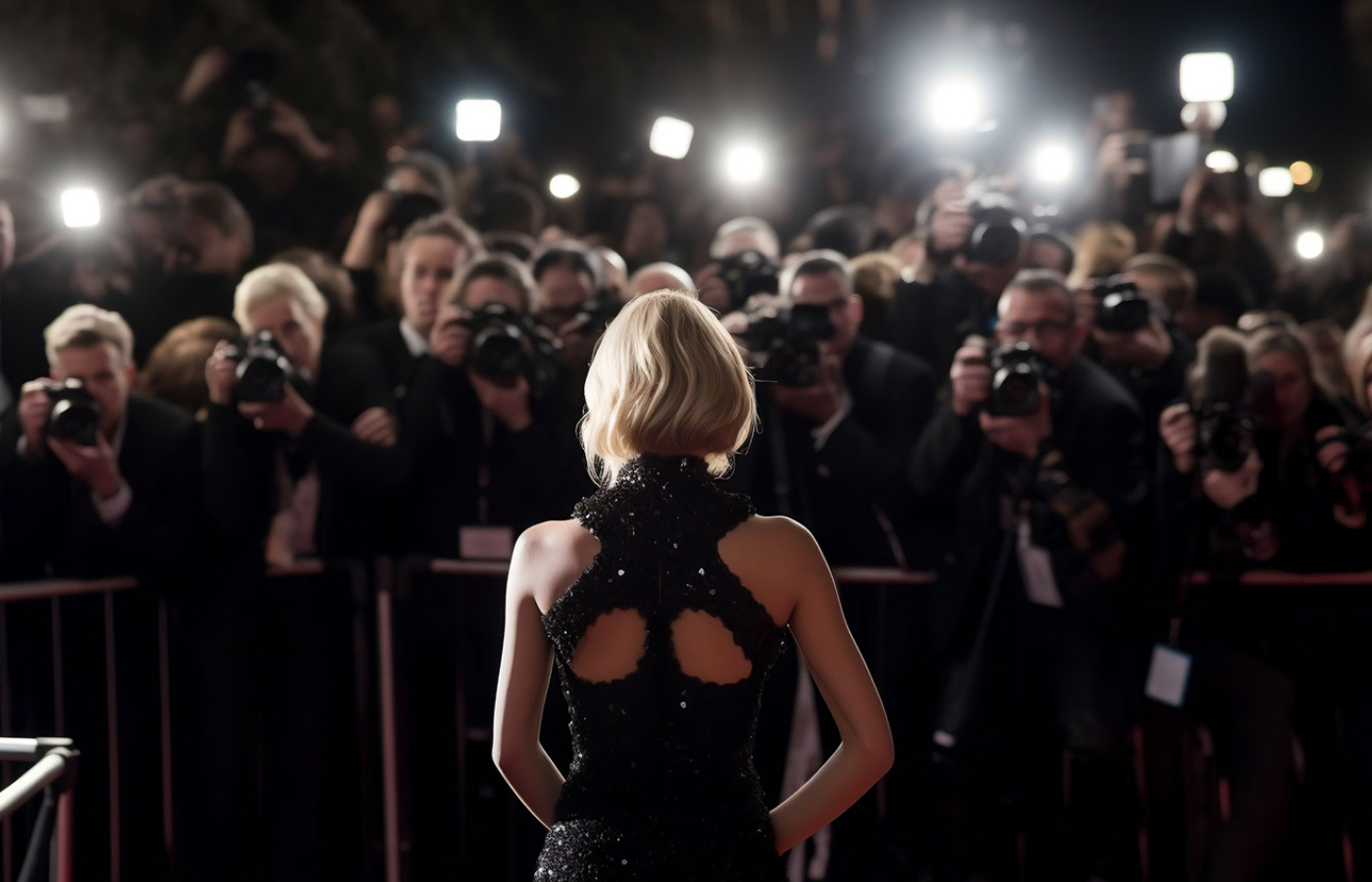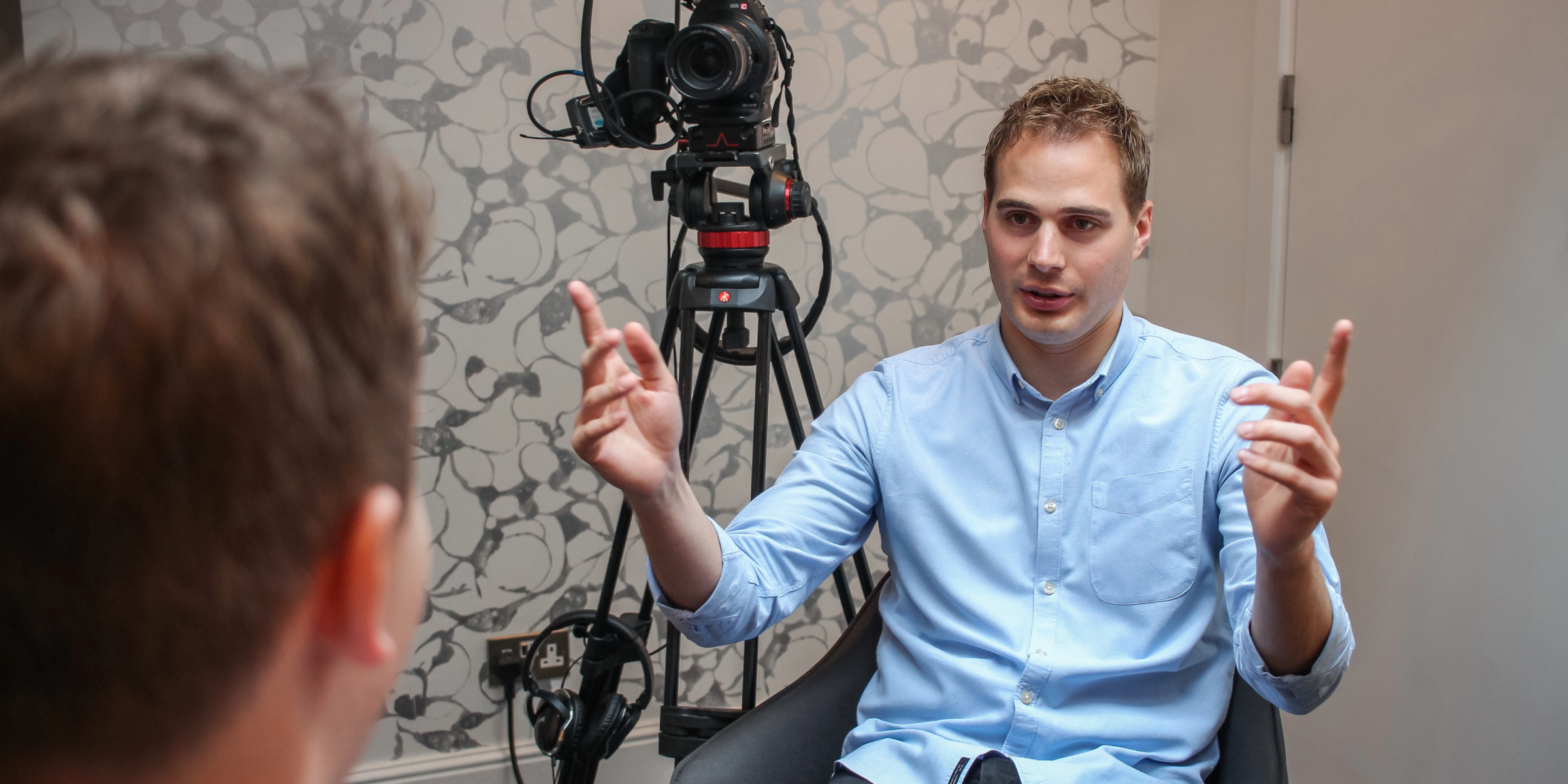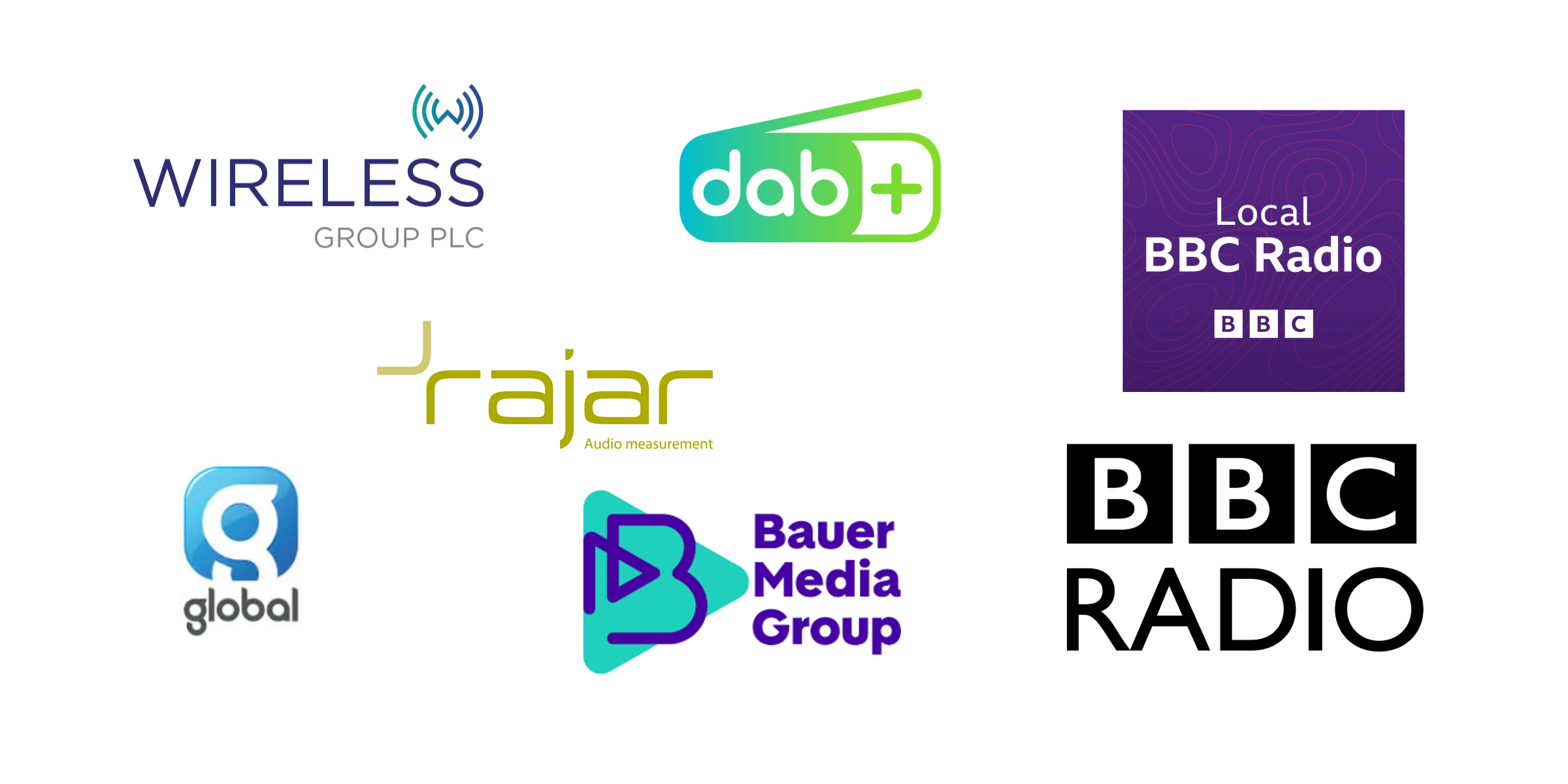By Joint MD Catherine Bayfield
Celebrities add a sprinkle of glamour to campaigns and broadcasters love them. And, from the client’s perspective the influence a celebrity can have on generating brand awareness plays a pivotal role in the success of a campaign.
Using the right interviewee can really take the commercial sting out of a story, but only if you chose the right one. Listeners and TV viewers are smart; they can spot a paid endorsement a mile off. Therefore, ensuring there is a relevant and credible link between the brand and influencer is critical.
What does it cost?
So, how much should you expect to pay your ambassador? It’s a question of weighing up how much the celebrity is going to cost, against how much additional coverage you’ll get for your investment. You can’t engage a celebrity for much less than £8-10k these days. That will get you a week’s breakfast advertising campaign on a small commercial radio station and nothing at all on the BBC. Put in that context, if you have the budget to put into a campaign, hiring a celebrity has the potential for an excellent ROI. For radio days, Shout! Communications guarantees a minimum reach of a million listeners and a compelling celebrity easily nudges that up to 3-4 million and more.
You also have to bear in mind that celebrity is a very loose term. Really, it can just mean someone in the public eye that the broadcaster would like to have a chat with. From the client’s perspective, they need to be able to influence their target audience. Guests who work well include sportsmen and women, celebrity chefs, TV doctors and reality stars. When used thoughtfully for radio and TV these spokespeople have real value.
Our data for 2020 shows that having a celebrity guest can easily increase the number of interviews secured on national and BBC stations by around 40%.
Whoever you choose, it’s really important that you make sure that they haven’t done any other campaigns for at least six – eight weeks before your story. Even really fantastic guests can be turned down if broadcasters think they’ve been on air too recently. Do ask the agent to be honest with you.
The pandemic effect
Covid-19 has resulted in broadcast interviews happening remotely. Broadcasters are now happily accepting FaceTime, Zoom and Skype. This negates the requirement for a guest to go into a central London studio. It’s a trend we expect to continue into 2021 and beyond. National broadcasters have already said that virtual interviews will be the new normal. If celebrity spokespeople are able to conduct the interviews from home, it makes them more flexible with their time. More and more stations are requesting pre-records, early or late interviews and weekend bookings, so the more willing and available your spokesperson is the more and better coverage you’ll get.
Third party alternative spokespeople
If you don’t want, or budgets don’t allow you to go down the pure celebrity route, have a think about the kind of third party expert who might be right for your story. Psychologists, academics and clinicians work well for example. But whoever you choose, make sure they have a relevant connection to the story.
Finally, make sure your spokesperson is briefed and understands that a successful interview is a balance between answering the questions from the journalist, giving them what they want and communicating the brand’s key messages.
As part of our media relations service, Shout! Communications can recommend and source celebrities and third parties for you. And, with remote interviews, to ensure the smooth running of the campaign, we always include a technical and messaging run through ahead of the broadcast day.
For more details about celebrity sourcing to to our Broadcast Media Relations pages, click here:



